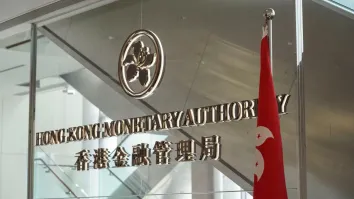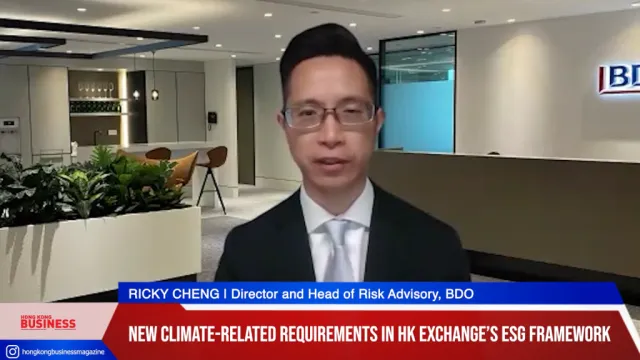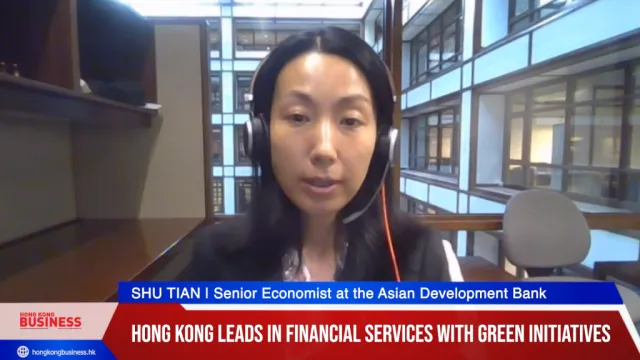
ASEAN household debt surged in recent years
Loan growth to other borrowers outpaced.
Household debt has risen significantly in ASEAN in the past several years, with growth in bank loans to households outpacing loan growth to other borrowers.
According to a research report from Moody’s Investors Service entitled “Rising Household Leverage Poses Risks to ASEAN Banks as the Economic Cycle Shifts,” in Indonesia, Malaysia, the Philippines, Singapore, and Thailand -- the five original members of ASEAN which together comprise close to 90% of the organization’s total GDP -- total household loans have grown at a compound annual growth rate of 16% since the 2008-09 global financial crisis.
The report noted that this rate has outpaced non-household loan growth of 14%.
Household borrowers in Thailand, Malaysia, and Singapore have also increased their borrowings from government-affiliated or non-bank financial institutions.
Household leverage as a percentage of GDP is at historically high levels in Malaysia (87% at end-2013) and Thailand (82% at end-2013), and close to its five-year high in Singapore (75% at end-2013).
Although household debt has also risen significantly in Indonesia and the Philippines, the growth in these countries is from a low base. Household debt to GDP was 7% in Indonesia and 6% in the Philippines at end-2013.
Here’s more from Moody’s Investors Service:
The background of the rapid growth in retail loans has been similar across the region.
First, prolonged low interest rates and other forms of monetary stimuli (such as the US Federal Reserve’s quantitative easing policies) following the global financial crisis made the cost of credit cheaper for borrowers but also lowered the returns that could be earned on deposit savings.
Such an environment provided an incentive for individuals to increase leverage and invest in higher-yielding assets.
The movement of funds into property investments may have also acted in a pro-cyclical fashion by contributing to rising real-estate prices.
Second, in some countries such as Indonesia and Thailand, policies initially encouraged the development of consumer borrowing, although governments later rolled back subsidies and Malaysia and Singapore attempted to rein in growth as early as 2009.



















 Advertise
Advertise






